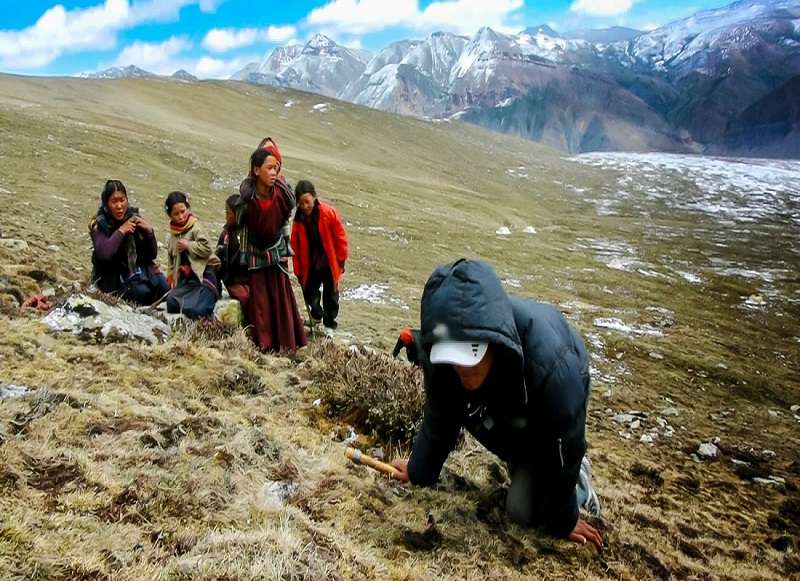The burden of managing social security programmes in Nepal is increasing every year, both in terms of beneficiaries and financial responsibility.
Currently, the federal government is operating more than 80 social security programmes through various ministries and agencies. In addition, provincial and local governments are expanding these programmes by adding new services or launching their own initiatives. This has significantly increased the scope and complexity of implementation.
Sanubabu Adhikari, Director of the Department of National Identity Cards and Registration, stated that the number of beneficiaries continues to rise each year, making it difficult to manage the programmes within the current budget. “The current year’s budget won’t be sufficient for the next,” he said. He warned that if the programmes are not managed efficiently, they could become unsustainable. To address future needs, the department is preparing to assess the resource requirements for the upcoming fiscal year and will request an increased budget accordingly.
At present, all 753 local levels distribute social security allowances through the banking system. More than 3.7 million Nepalis are receiving social security benefits provided by the government. These include monthly allowances of Rs 4,000 for senior citizens aged 68 and above, and Rs 2,660 for citizens aged 60 and above from the former Karnali Zone districts and Dalit communities. The same amount is also provided to unmarried women aged 60 and above, divorced or legally separated women aged 60 and above, widows, and women of any age whose husbands have died.
Citizens with a red disability identity card (A category) receive Rs 3,990 per month, while those with a blue disability identity card (K category) for severe disabilities receive Rs 2,128. Similarly, members of endangered indigenous and tribal groups such as the Kusunda, Bankaria, Raute, Surel, Hayu, Raji, Kisan, Lepcha, Meche, Patharkatta, Silkat, Kusawadiya, and Kuchabadhiya are provided Rs 3,990 per month. The government also offers Rs 532 per month to a maximum of two children under the age of five born to a single mother in Dalit families in designated areas. These programs are not contribution-based and are entirely funded through government resources.
In Fiscal Year 2023/24, the government allocated over Rs 258 billion for social security. That figure has risen to nearly Rs 300 billion in the current fiscal year 2024/25. With preparations for the new budget underway, the government faces growing pressure to allocate even more funding to sustain these programs.
Economist Keshav Acharya emphasized the need to review the growing liability of social security. He noted that federal, provincial, and local governments are often running overlapping programs, resulting in duplication and inefficiency. “The government is reaching a point where it can no longer sustain the rising cost of social security,” Acharya said. “Some people who should be receiving these benefits are still left out, while others who shouldn’t qualify are receiving them. The system needs better targeting and coordination.”












